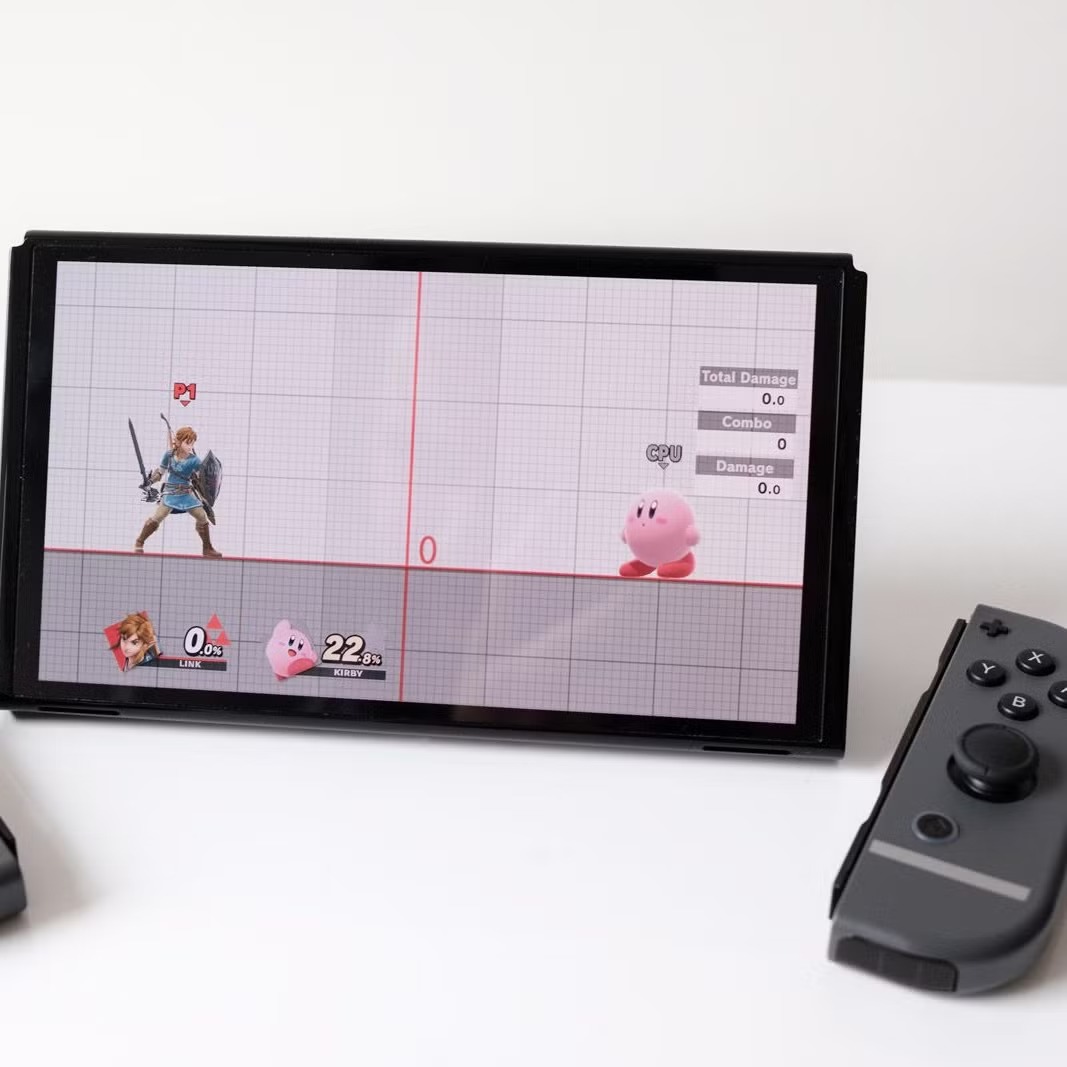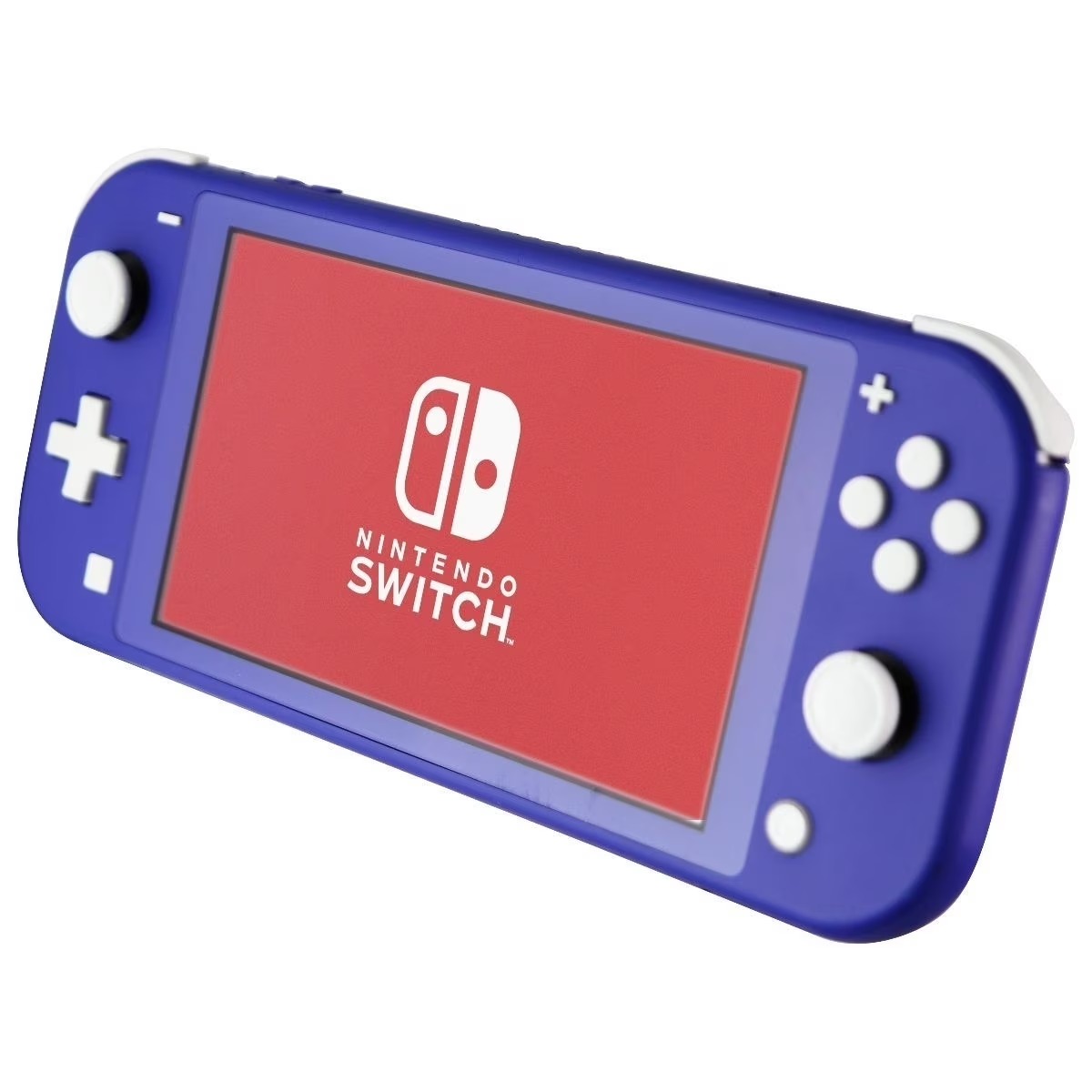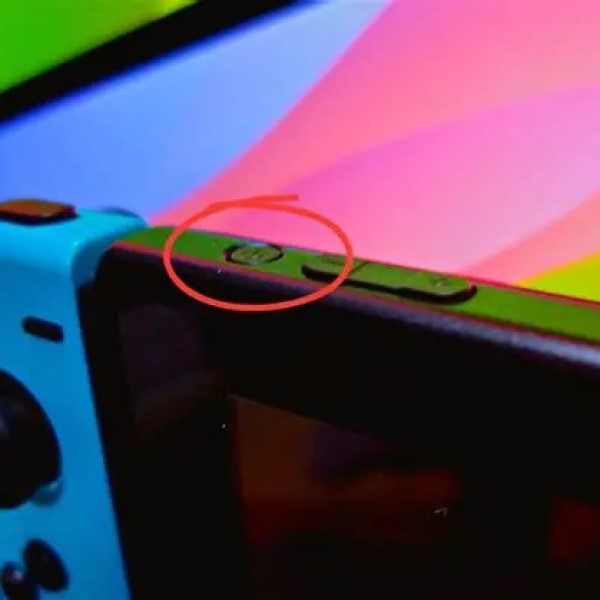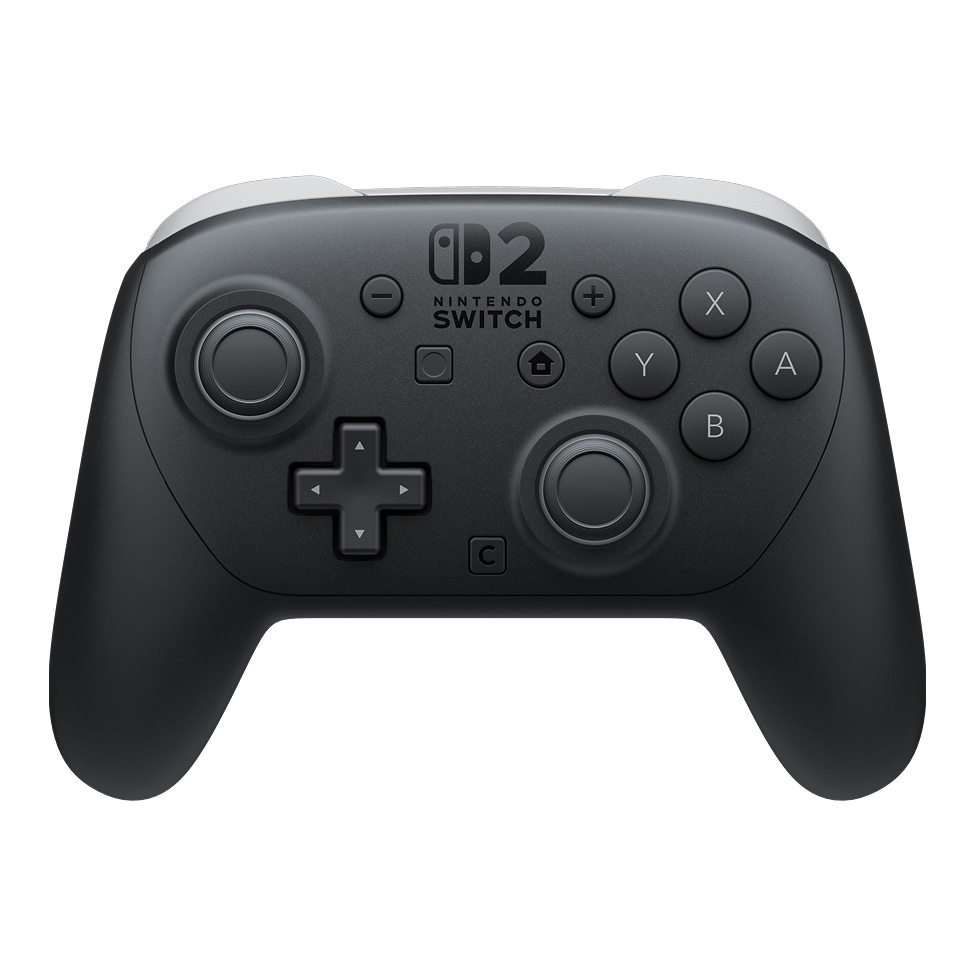Knowing how to reset Nintendo Switch is essential for every owner. Whether your console freezes, runs slowly, or you plan to sell it, a proper reset can solve many issues. This guide walks you through all types of resets—from soft restarts to full factory resets. Each method serves a different purpose. Some fix glitches without losing data. Others wipe everything clean.
Moreover, resetting your Nintendo Switch improves performance. Over time, apps accumulate cache, settings get misconfigured, and updates cause conflicts. A reset clears these digital clutter points. It returns the system to smooth operation. Gamers notice faster loading times and fewer crashes after a refresh.
There are three main ways to reset: restarting the system, formatting while keeping user data, and performing a full system erase. Each option varies in depth and impact. Choosing the right one depends on your needs. For example, a quick reboot fixes temporary bugs. A full factory reset prepares the device for a new user.
The process works on all models. This includes the original Nintendo Switch, Switch Lite, and OLED versions. No extra tools are needed. Everything happens through the console’s menu or physical buttons.
Additionally, preparing before a reset protects your progress. Backing up saves to the cloud ensures nothing gets lost. Checking your Nintendo Account status helps too. These steps prevent frustration later.
Therefore, learning how to reset Nintendo Switch empowers users to maintain their console effectively. It’s not just about fixing problems—it’s about taking control of your gaming experience.
 Why You Might Need to Reset Your Nintendo Switch
Why You Might Need to Reset Your Nintendo Switch
Several common issues lead users to consider a reset. First, the screen may freeze during gameplay. The console stops responding to inputs. A soft reset often resolves this instantly.
Second, slow performance becomes noticeable over time. Apps take longer to open. Games stutter or lag. Clearing system data restores speed and stability.
Third, software bugs appear after updates. Features like Bluetooth audio or sleep mode stop working. Rebooting or resetting can correct corrupted files.
Fourth, connectivity problems arise. Wi-Fi drops frequently. Controllers disconnect without warning. Resetting network settings often helps.
Fifth, error codes pop up unexpectedly. Messages like “Error Code 2110-2001” indicate system-level issues. A factory reset may be required if other fixes fail.
Sixth, preparation for resale is a major reason. Before selling or giving away your device, you must erase personal information. This includes accounts, passwords, and saved games.
Seventh, parental controls or user profiles become unmanageable. Too many profiles clutter the home screen. Starting fresh simplifies setup.
Eighth, transferring ownership requires a clean slate. New owners should set up their own accounts safely.
Ultimately, resetting solves both technical and practical concerns. Hence, understanding when to act ensures your Nintendo Switch stays reliable.
Soft Reset vs. Hard Reset: Understanding the Difference
How to reset Nintendo Switch? A soft reset and a hard reset serve different purposes. Knowing which to use prevents unnecessary data loss. A soft reset is simply turning the console off and on again. It does not delete any information. This method fixes minor glitches like frozen screens or unresponsive controllers.
To perform a soft reset, press and hold the Power button for about 12 seconds. The screen will turn black. Wait a few moments. Then press the Power button again to restart. This process takes less than a minute. Most temporary issues resolve with this step.
In contrast, a hard reset refers to deeper actions. It includes clearing system memory or restoring factory settings. These options remove user data, accounts, and downloaded content. They require more time and planning.
Some people use “hard reset” to mean holding specific button combinations. For example, pressing Volume Up + Power enters Recovery Mode. From there, you can format the system or update firmware.
Another form of hard reset involves removing the microSD card and performing a system erase. This ensures no personal files remain.
Always back up saves before any hard reset. Cloud saves protect most game progress. However, some titles do not support automatic backup.
Choosing between soft and hard reset depends on severity. Minor bugs need only a reboot. Persistent errors may demand a full cleanup.
Therefore, identifying the problem first leads to the right solution.
 Step-by-Step Guide to Perform a Soft Reset
Step-by-Step Guide to Perform a Soft Reset
Performing a soft reset is the easiest way to fix common issues. First, ensure the console is powered on. If the screen is frozen, proceed anyway.
Press and hold the Power button located at the top of the device. Keep holding for approximately 12 seconds. The screen will go completely dark. This means the system has shut down.
Wait at least 20 seconds before turning it back on. This pause allows internal components to reset fully. Skipping this step might result in incomplete recovery.
Next, press the Power button once. The Nintendo logo should appear shortly. Let the system boot normally.
If using docked mode, check that the TV input is correct. Sometimes HDMI signals drop during shutdown. Switch inputs if needed.
Once the home screen loads, test functionality. Open a game or app. Check if responsiveness improved.
Soft resets work for many small problems. Examples include controller sync failures, sudden black screens, or overheating warnings.
This method does not affect saved data. All games, settings, and accounts remain intact.
Repeat the process if the issue returns. Frequent freezing may signal a larger problem.
Consider updating the system software afterward. Outdated firmware causes instability. Go to System Settings > System > System Update.
Also, close unused applications running in the background. Too many active apps strain memory.
By using a soft reset regularly, you maintain smoother performance. It’s a quick habit that extends your console’s life.
How to Factory Reset Your Nintendo Switch
A factory reset erases all data from your Nintendo Switch. Use this option only when necessary. First, back up your save data. Ensure your Nintendo Account has an active subscription. Save data uploads automatically when connected to Wi-Fi.
Go to System Settings on the home screen. Scroll down and select “System.” Then choose “Formatting Options.” Pick “Restore Factory Settings.” Confirm your choice twice.
If prompted, enter your parent PIN. This step applies if parental controls are enabled. After confirmation, the process begins. It takes several minutes to complete.
During formatting, do not turn off the console. Interrupting the reset may damage the system. Wait until the setup screen appears.
After completion, the console behaves like new. Follow the initial setup steps. Connect to Wi-Fi. Sign in with your Nintendo Account.
Re-download purchased games from the eShop. Your library remains linked to your account. Redownload them free of charge.
Cloud saves restore automatically if enabled. Local saves are gone unless backed up.
Use this reset before selling, donating, or troubleshooting deep software issues.
Remember, a factory reset removes everything. Personal info, downloaded content, and user profiles vanish.
Hence, preparation is crucial. Always verify cloud backups before proceeding.
This method offers the deepest level of cleanup. It resolves stubborn bugs and prepares the device for a fresh start.
 Resetting Without Losing Data: What You Need to Know
Resetting Without Losing Data: What You Need to Know
You can reset your Nintendo Switch without losing game progress. The key is using Nintendo Switch Online cloud saves. This feature backs up supported games automatically. Not all titles support it. Check Nintendo’s official list to confirm compatibility.
First, subscribe to Nintendo Switch Online. Without a membership, cloud saves are unavailable. Link your console to your Nintendo Account.
Before any reset, force a manual backup. Go to System Settings > Data Management > Backup Save Data to the Cloud. Select “Backup Now.”
After resetting, sign in again. The system prompts you to download saves. Choose “Download from Cloud” to restore progress.
Local-only games like Stardew Valley or Minecraft require manual transfer. Use a microSD card to copy data beforehand. Insert the card after reset and move files back.
User settings and screenshots cannot be restored. Take notes of preferred settings if needed.
System updates must reinstall after a reset. Allow time for downloads.
Some apps disappear after formatting. Reinstall them from the eShop.
Avoid deleting your user profile unless resetting entirely. Profiles store friend lists and preferences.
Keep your email and password handy. You’ll need them during re-login.
By focusing on cloud protection, you keep what matters most. Game progress stays safe. Personalization can be redone.
Thus, a smart reset balances cleanup and preservation.
Using Recovery Mode for Advanced Reset Options
Recovery Mode gives access to powerful reset tools. Enter it by pressing and holding the Volume Up button. While holding it, press the Power button. Release both when the recovery screen appears.
From here, you can perform a full system format. This option wipes all data. It also allows firmware reinstallation if the OS fails.
Choose “Format System Memory” to erase everything. Confirm with “OK.” Wait for completion.
Another option is “Update Console via Internet.” Use this if the system won’t boot normally. It reinstalls the latest firmware.
“Repair User” helps if a profile becomes corrupted. It fixes login issues without wiping the whole system.
Recovery Mode bypasses the normal interface. It works even when the home screen is unreachable.
Always connect to Wi-Fi before entering Recovery Mode. Updates and repairs require internet access.
Do not power off during recovery processes. Doing so risks permanent damage.
This mode suits advanced troubleshooting. It handles cases where standard resets fail.
Gamers use it after failed mods or SD card errors.
However, caution is vital. Mistakes in Recovery Mode have serious consequences.
Only proceed if other methods don’t work. Have a backup ready.
With care, Recovery Mode restores functionality when all else fails.
 Tips for Preparing Before You Reset Nintendo Switch
Tips for Preparing Before You Reset Nintendo Switch
Preparation prevents data loss during a reset. First, check your Nintendo Switch Online status. Ensure your subscription is active. Cloud saves depend on it.
Back up all important data. Go to System Settings > Data Management > Backup Save Data to the Cloud. Run a manual backup.
Write down your account email and password. Store it securely. You’ll need it after a factory reset.
Remove the microSD card if used. Copy game data to a computer if needed. Reinsert it after the reset if you want to keep local files.
Delete unwanted screenshots and videos. They take up space but don’t back up to the cloud. Freeing storage speeds up future downloads.
Sign out of third-party apps like YouTube or Hulu. Some require re-verification after reset.
Charge your console above 60%. Low battery could interrupt the reset. Plug in the charger during the process.
Inform household members. Other users lose access after a factory reset. Coordinate timing.
Clear nearby obstacles. Keep the area dry and stable. Avoid interruptions.
Label accessories. Detach Joy-Cons and mark which pair belongs to whom.
Having a checklist reduces stress. Each step protects your investment.
By preparing fully, you make resetting safe and effective.
Frequently Asked Questions
Can I reset my Nintendo Switch without losing games?
Yes, you can redownload them after signing in.
Does a factory reset delete my Nintendo Account?
No, it only removes the link from the device.
How long does a factory reset take?
About 5–10 minutes, depending on data volume.
Will I lose friend lists after a reset?
Yes, unless you re-add them manually.
Can I use my microSD card after a reset?
Yes, but games on it may need reactivation.
Is it safe to reset while docked?
Yes, as long as the power supply is stable.
Do I need the dock to reset?
No, resetting works in handheld and docked modes.
What happens to pre-installed apps?
They remain but may need updates.
 Final Thoughts
Final Thoughts
Understanding how to reset Nintendo Switch is a vital skill for all users. Whether dealing with glitches, preparing for sale, or starting fresh, the right reset makes a big difference. This guide covers every method—from simple reboots to full system wipes. Each approach serves a unique need. By following these steps, you maintain performance and protect your data. Cloud backups ensure game progress stays safe. Preparation prevents surprises. As your console ages, regular maintenance keeps it running smoothly. Therefore, mastering how to reset Nintendo Switch empowers you to enjoy uninterrupted play. So keep this guide handy. It’s your go-to resource for keeping your gaming experience clean, fast, and frustration-free.